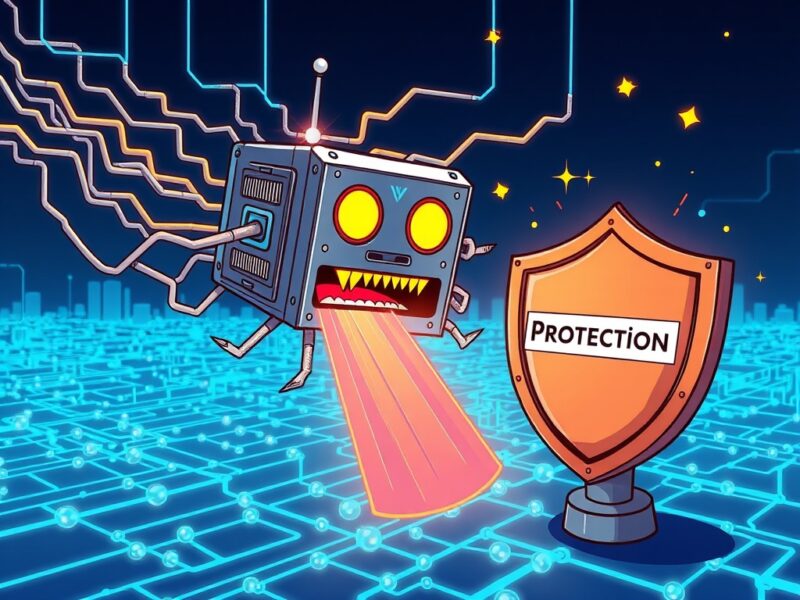MEME has become a new favorite on the blockchain after its “fever” subsided. What are the popular ICM, CCM, and PM?
By Nancy, PANews
After the MEME market went silent and on-chain degen sat dormant for a long time, ICM (Internet Capital Market), CCM (Creator Capital Market) and PM (Prediction Market) quietly took over the emotional outlet and are becoming the new focus of funds and narratives.
CCM
Both Solana and Base have mentioned the concept of CCM (Creator Capital Markets), which is to provide capital market support to creators, such as content creation financing, revenue sharing, community incentives, etc.
In the Base ecosystem, the price of Zora, the representative CCM project, continues to rise, with the daily token issuance once exceeding that of Solana, and it continues to update its features, such as the recent launch of short videos. On the Solana side, Pump.fun recently announced the launch of Project Ascend, which will introduce a new dynamic fee mechanism and set a tiered creator fee structure based on the token market value, aiming to improve the sustainability of the ecosystem. The new mechanism will increase creators' income by 10 times the original amount, while also speeding up the processing of CTO (community takeover) creator fee applications, helping the platform attract more streaming creators and startup projects. The program distributed approximately $2.4 million in revenue to creators on the first day of its launch. Meanwhile, Solana has also recently posted several tweets related to Time.fun, a platform that focuses on CCM narratives and recently launched a mobile application, with both iOS and Android versions now available.
MITCH
MITCH is a live-streaming token launched on Pump.fun. It was created by Mitch, a well-known MEME trader. He gained fame for his early investments in MEME tokens like Milady and Retardio. Currently, Mitch holds 79.3% of MITCH tokens and has pledged never to sell.
GMGN data shows that since its launch on September 3, MITCH's market value has exceeded US$42 million, but has now fallen back to around US$19 million, with a 24-hour trading volume of approximately US$14.5 million.
ICM
ICM (Internet Capital Markets) is a strategic direction that Solana has mentioned publicly many times. In July of this year, it released a related technical roadmap, including optimizing transaction sorting, introducing high-speed networks and consensus upgrades, aiming to become the first blockchain capable of supporting high-frequency trading.
Previously, Solana's "Tweet as Token" launch platform, Believe, gained popularity due to its ICM narrative, with its platform token, LAUNCHCOIN, skyrocketing to hundreds of millions of dollars. Recently, WLFI's launch of the USD1 stablecoin hinted at its ICM market presence and announced a partnership with the launch platform BONK.fun, prompting market attention to related assets on the platform.
Collector Crypt (CARDS)
Collector Crypt is a Solana tokenized Pokémon card platform, officially endorsed by Solana in a tweet. It previously secured seed funding from GSR, Big Brain Holdings, FunFair Ventures, and Genesis Block Ventures. Dune data shows that as of September 4th, its cumulative trading volume exceeded $150 million, generating approximately $9.65 million in fees. Collector Crypt recently launched its presale, with 718 backers depositing 16,500 SOL (approximately $3.4 million). However, the price of the token, CARDS, has plummeted since its launch.
GMGN data shows that since its launch on August 30, CARDS's market value has exceeded US$520 million, with a 24-hour trading volume exceeding US$85.1 million.
Grailed (MAGIK)
Grailed is the first ICM narrative from launch platform Heaven. It is positioned as a crypto platform centered around Pokémon Trading Card Game (TCG) collectibles, where users can purchase and open digital card packs to win real, graded physical cards. All transaction fees and 25% of platform profits are used to repurchase and burn MAGIK tokens.
GMGN data shows that as of September 4, MAGIK's market value once rose to more than US$16.5 million, and its 24-hour trading volume exceeded US$1.3 million.
Huch (HUCH)
Huch, a winning project from the Solana Colosseum hackathon, transforms Counter-Strike 2 (CS2) game skins into digital assets for financial applications, including skin tokenization and collateralized lending. Its token, HUCH, launched on Believe and was heavily promoted by the well-known influencer, him.
GMGN data shows that as of September 4, HUCH's market value recently exceeded US$12.8 million, and its 24-hour trading volume reached US$10.7 million.
Charizard Capital (ZARD)
Charizard Capital combines cultural collections with crypto assets. Through on-chain transactions of ZARD tokens, each transaction will provide funds for the acquisition of PSA-rated Charizard cards.
GMGN data shows that as of September 4, ZARD's market value has risen to a maximum of US$7.2 million, with a trading volume of approximately US$3.7 million in the past 24 hours.
ToCa.Gg (TCG)
ToCa.Gg allows users to pay $20 worth of TCG tokens to win rare Pokémon cards. TCG refers to a collectible card game, where players obtain cards through packs, exchange, or trading. Players then build decks using these cards to compete against each other.
GMGN data shows that as of September 4, TCG's market value has risen by more than US$5.8 million, and its trading volume in the past 24 hours was approximately US$800,000.
PM
Discussions about PMs (Prediction Markets) have been increasing recently. On the one hand, leading platforms like Polymarket and Kalshi have been experiencing significant market activity, particularly with Polymarket recently receiving CFTC approval to return to the US market. On the other hand, emerging platforms like Football.Fun have also rapidly gained popularity, garnering market attention.
Flipr (FLIPR)
Flipr is an X-platform trading bot designed for the Polymarket and Kalshi prediction markets. Users can trade directly on X using natural language, aiming to make prediction markets more accessible to mainstream users.
GMGN data shows that since its launch more than two months ago, FLIPR’s market value has exceeded US$30 million.
PrediBot (PREDI)
PrediBot is an AI prediction market assistant based on Base, which allows users to create predictions, participate in predictions and earn profits with a simple tweet on the PredictBase platform.
GMGN data shows that as of September 4, PCULE’s market value peaked at over US$18 million.
Polycule (PCULE)
Polycule is a trading bot that runs on Telegram and allows users to trade prediction markets on Polymarket directly through the Telegram interface, without having to access the complex platform interface.
GMGN data shows that as of September 4, PCULE's market value reached a maximum of US$16 million.
Polyfactual (POLYFACTS)
POLYFACTS proposes using prediction markets (such as Polymarket and Kalshi) to verify the authenticity of social media content and is about to launch a real-time prediction AI agent. The project has attracted the attention of the founder of Polymarket.
GMGN data shows that as of September 4, PCULE's market value has reached over US$2 million, with a trading volume of approximately US$2.7 million in the past 24 hours.
คุณอาจชอบเช่นกัน

Quantum Computing Security: Urgent Proposal Reaches SEC Crypto Task Force
The Ethereum PoS network entry queue has increased to 833,609, and the expected waiting time is over 14 days.
